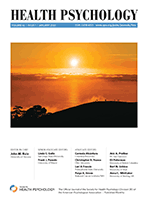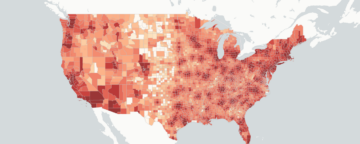 Abstract
Abstract
Objective: To determine the influence of two representative metrics of epidemiological risk, changes in new infections, and disease prevalence, on people’s risk judgments and disease-prevention behaviors.
Method: Four experiments were conducted from August 2020 to May 2021. In Experiments 1 and 2, participants were exposed to information about different directions of change (upward and downward) and varying levels of prevalence of an infectious disease. In Experiments 3 and 4, participants were exposed to information about only one direction of change (upward or downward) and varying levels of prevalence. Participants reported risk judgments and intentions to engage in disease-prevention behaviors for each disease situation presented to them.
Results: When both the direction of change and levels of prevalence varied, risk judgments and intentions were more influenced by change (vs. prevalence) information. Participants’ reliance on prevalence information to guide risk judgments increased when they were presented with only an upward or downward change, particularly for situations with worsening infections. In all cases, the effects of epidemiological information on behavioral intentions were mediated by its effects on risk judgments.
Conclusions: Information about changes in infections consistently influences people’s risk judgments and drive subsequent behavioral response. The impact of prevalence information, however, is limited to situations in which changes in infections are stable, such that it affects risk judgments and behavior decisions only when changes in infections demonstrate a constant upward or downward direction. The results point to the need for public health interventions to increase the impact of prevalence information.
Authors
- Dolores Albarracín
- Haesung Annie Jung

